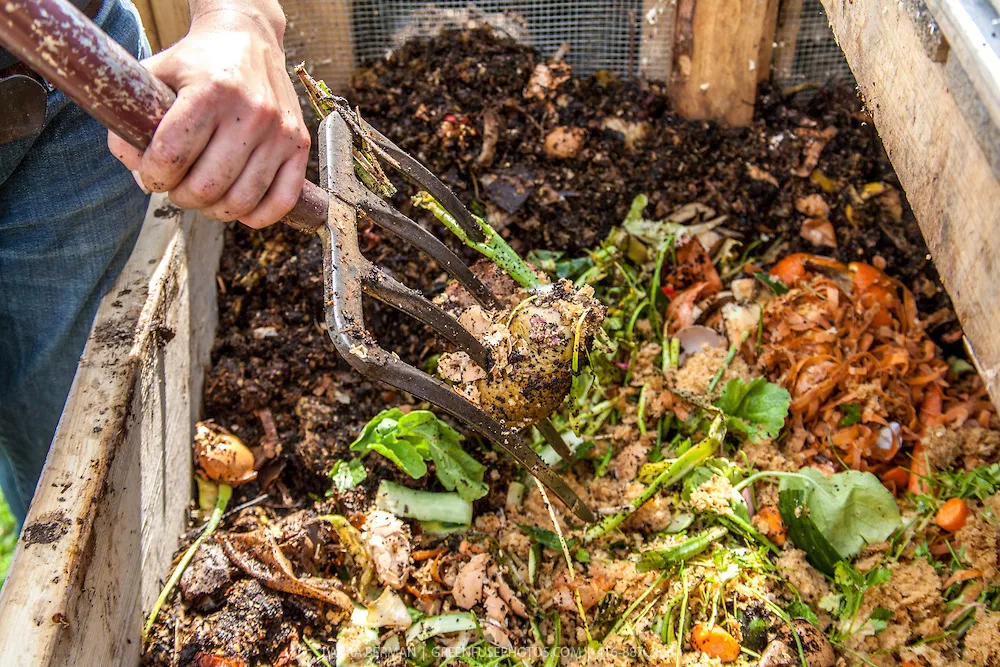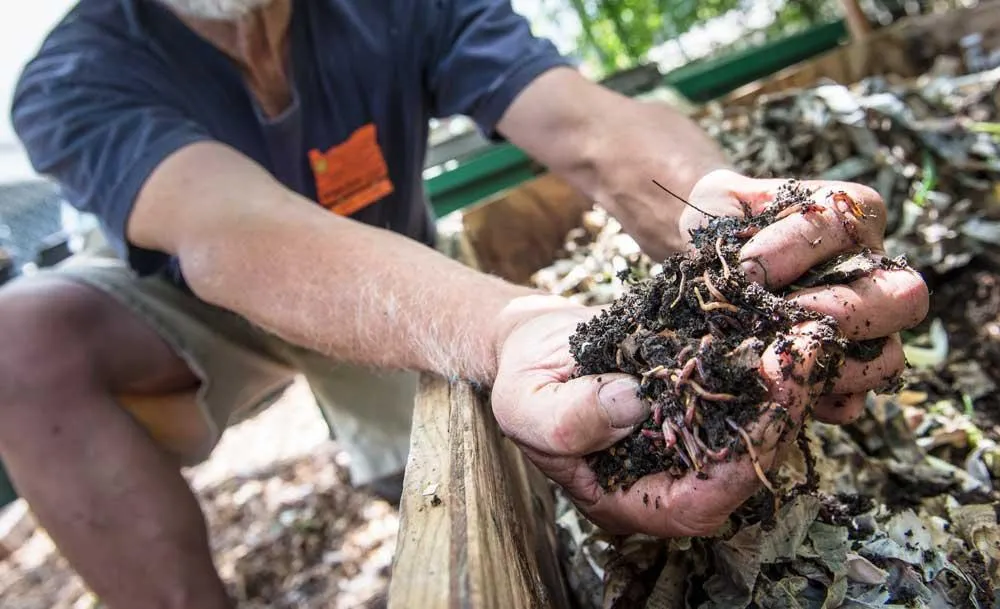Porosity is one of the main physical characteristics of the waste that influence parameters such as aeration, moisture and temperature, and can affect the oxygenation and thus the decomposition of the mixture. The porosity is constituted by the total pores of the mixture or free air space, and is directly related to the moisture content and oxygenation.



▶ The particle size of each waste in the mixture will be related to the porosity and to the activity of the microorganisms, thus, by incorporating well shredded waste, the contact surface with the medium will be greater and the microorganisms will act better. However, if the size is too small, it generates compaction and less aeration. The optimum particle size should be 2 to 5 cm.

▶ Credits: Extension.oregonstate. – [Image of Public Domain]
≕ I invite you to stay tuned and read my next contribution ≔
Aeration is another parameter of the microorganisms involved in the composting process are mainly aerobic, hence the importance of aeration to ensure oxygenation of the mixture and therefore a proper development of microorganisms.
Excessive aeration causes temperature decreases and moisture loss, as well as mineralization of humic compounds. Insufficient aeration leads to delayed decomposition and bad odors.
The height of the compost pile influences relevant factors such as temperature and aeration. Depending on its height, heat will be dissipated or stored. If the pile is too high, it retains heat and will result in aeration problems due to compaction, because of the temperature gradient from the inside to the outside, since the temperature in this case is not uniform.

If the pile is very small, it dissipates a lot of heat. Finally, the size of the piles should be between one and one and a half meters, to facilitate handling, the base should not exceed four meters, the height should not exceed two meters both above and below ground level, while the length of the pile is according to the size of the site and the amount of waste.
NOTE: Reference material.